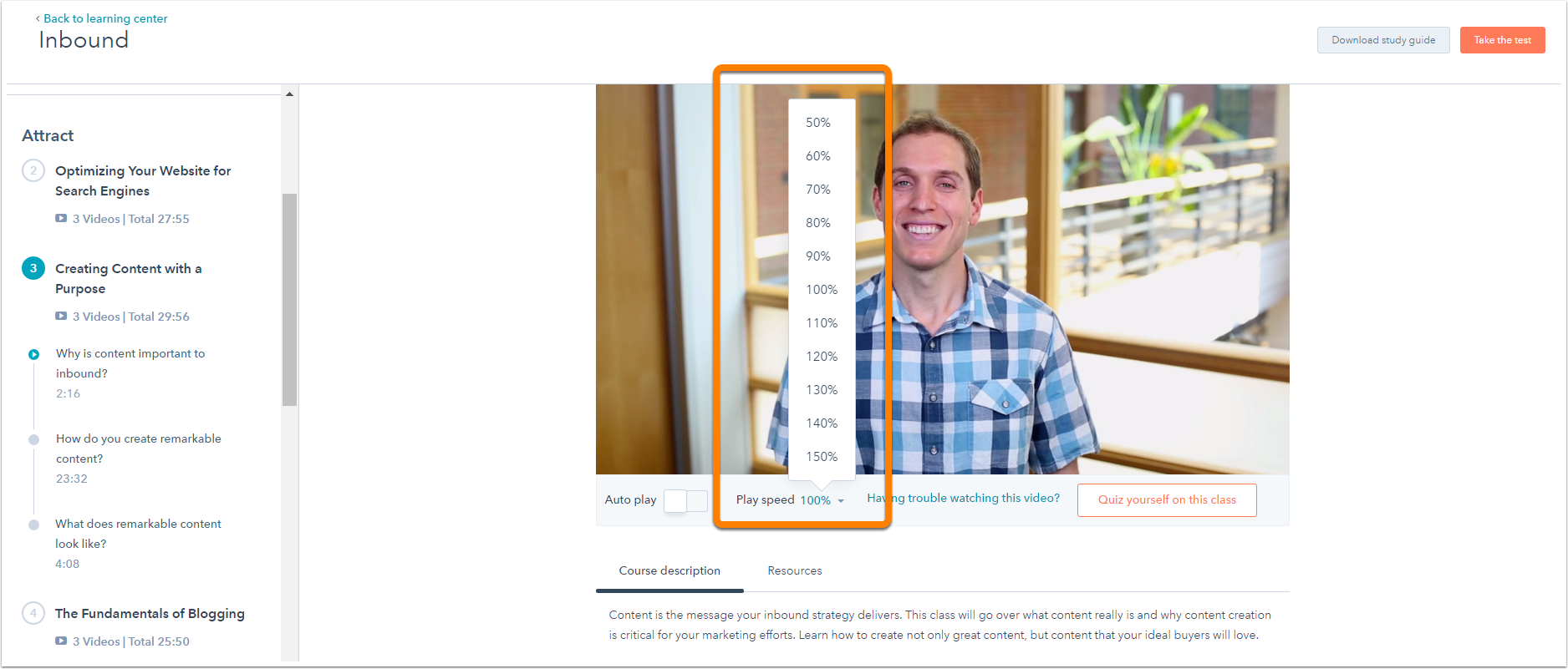 It is late, you just finished the next post for your blog and you have set it to publish in the morning. You are confident that the title of this blog post will have you ranking for the ideal long-tail keyword in no time. You have also put that keyword in the article itself and in the alt text of the associated image. And finally, you have added a call-to-action, which leads to the Landing Page with the most contextually relevant offer in your arsenal.
It is late, you just finished the next post for your blog and you have set it to publish in the morning. You are confident that the title of this blog post will have you ranking for the ideal long-tail keyword in no time. You have also put that keyword in the article itself and in the alt text of the associated image. And finally, you have added a call-to-action, which leads to the Landing Page with the most contextually relevant offer in your arsenal.

But there is one last opportunity that you have overlooked.
What other blog posts are linking to this new article? Not enough people consider the extra SEO insurance you can give that new article by linking to it from an old article. And while you are, in essence, setting up these old blog posts to link to the future, it doesn’t require a Delorean. Instead, we can use Google to help us out… and for those of you still learning SEO, the benefits of internal links will be explained further below.
- Identify the sub-directory of your blog – This is the part of a URL that all your blog posts share. For this blog, all blog post URLs start with http://camp.hubspot.com/blog/, so that is the sub-directory of this blog.
- Identify all indexed pages in that sub-directory – Go to Google and enter “site:htttp://camp.hubspot.com/blog,” no spaces. Any page listed in the results is what Google has indexed.
- Augment your search with your target keyword – Start with the article's keyword in quotes (e.g. “internal links”), but if you can’t find anything, look for something that is close enough. For this blog post, I had to use this search query to come up with anything: site:http://camp.hubspot.com/blog "internal links"
- Go to each blog article Google finds and turn the plain text keyword (“internal links”) in each article into links to your latest blog post!
For those of you new to internal linking strategies (and even SEO in general) there are two reasons why you need internal links. First, for your visitors, internal links help build a contextually relevant experience. Think about how easily you can start reading a Wikipedia article about George Washington and five clicks later, be reading about Jägermeister. Seems ridiculous, but it is entirely possible. Less ridiculous is the possibility of some one reading your blog post because of a problem and then ending up on a Landing Page offering to educate them on the solution to that very problem.
But second, and more importantly, having lots of internal links helps search engines to:
- Learn about new content on your website
- Discover existing, un-indexed content
- Re-crawl old pages it would otherwise ignore
Google will also tend to crawl frequently updated pages more often than a page that has been the same since 2005. In fact, as of this writing it looks like the HubSpot blog was last indexed by Google 90 minutes ago, whereas hubspot.com was last indexed just under 48 hours ago. Chances are, Google has crawled any one of your blog posts more recently than it has crawled other webpages on your site.
To the Delorean!









